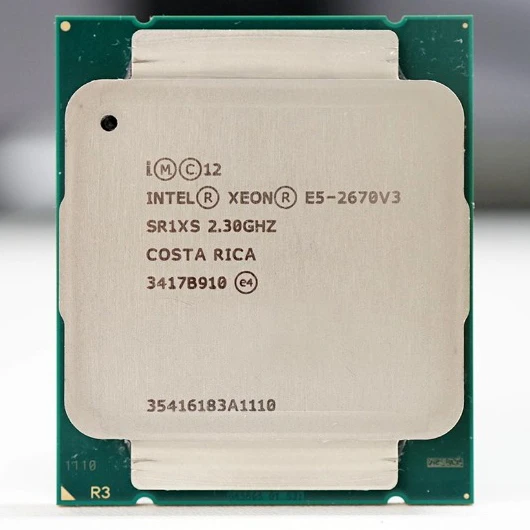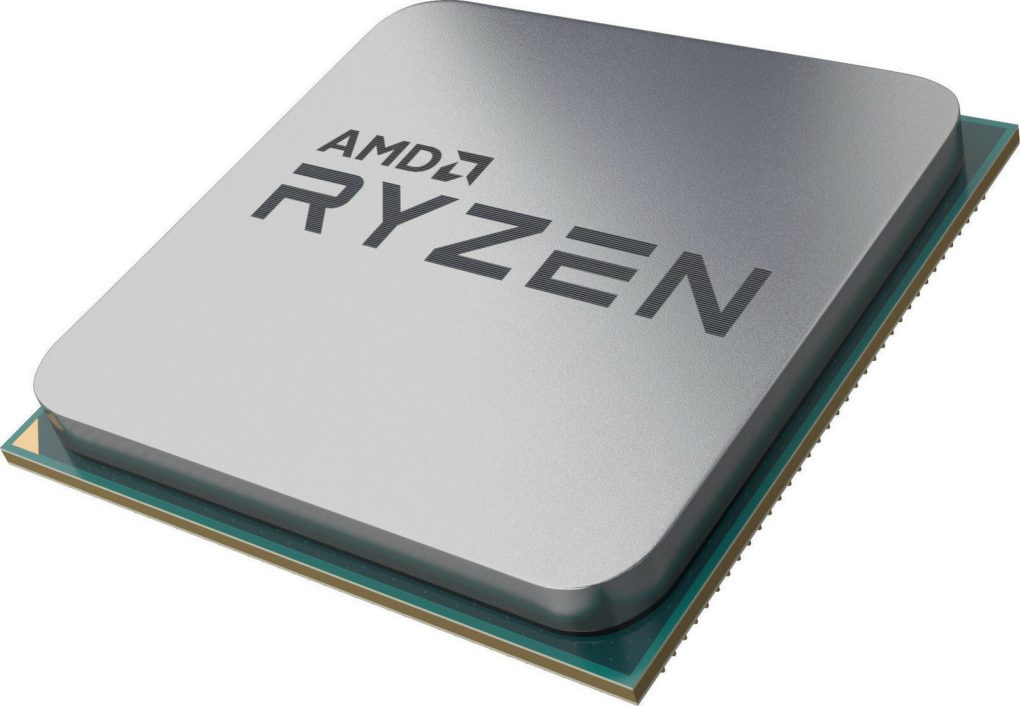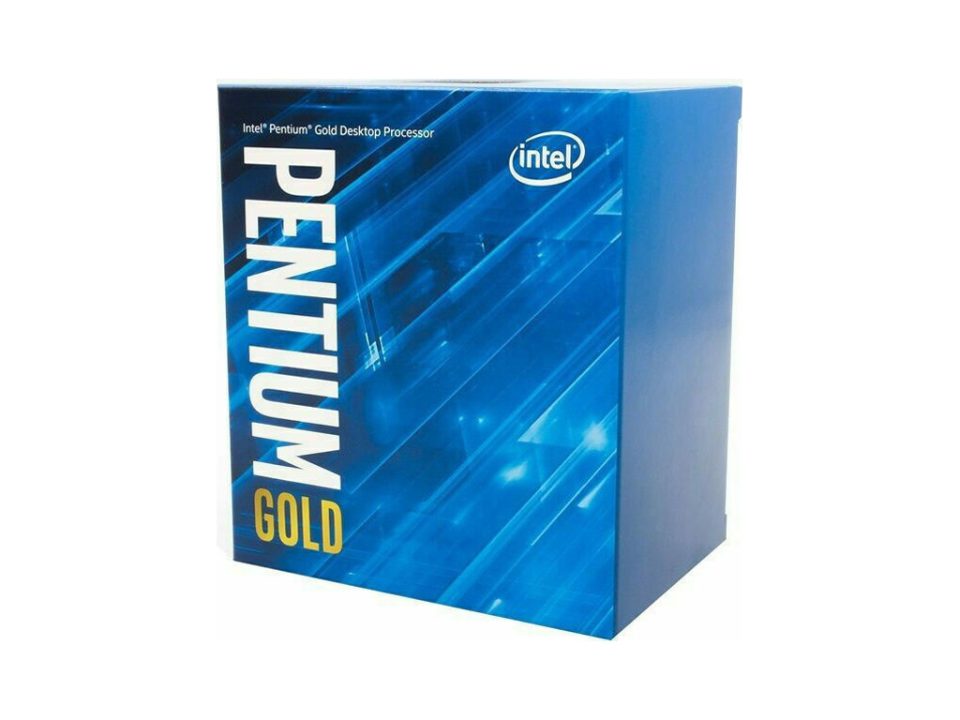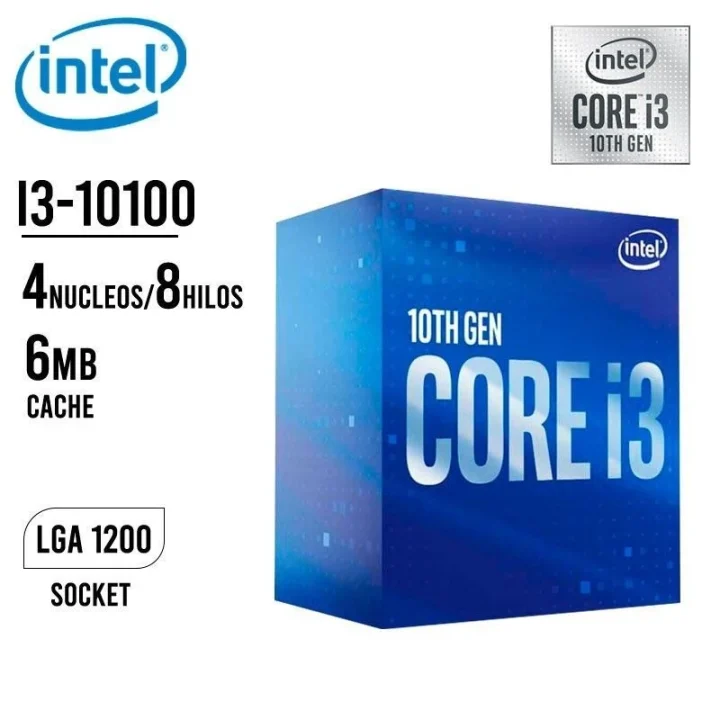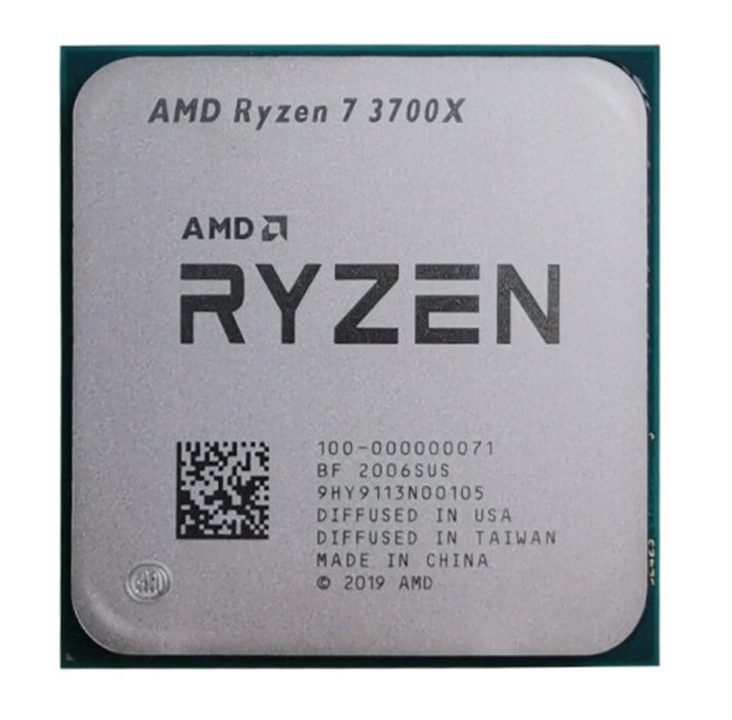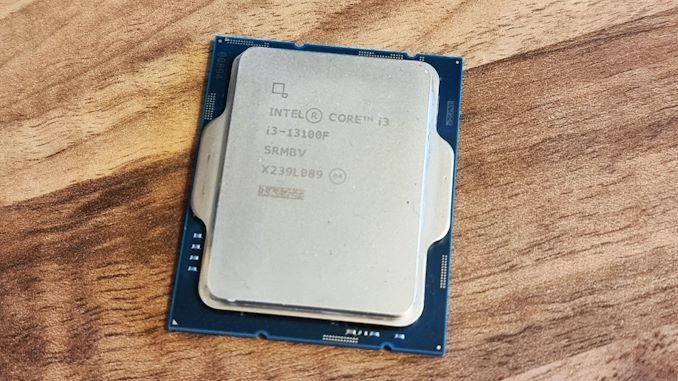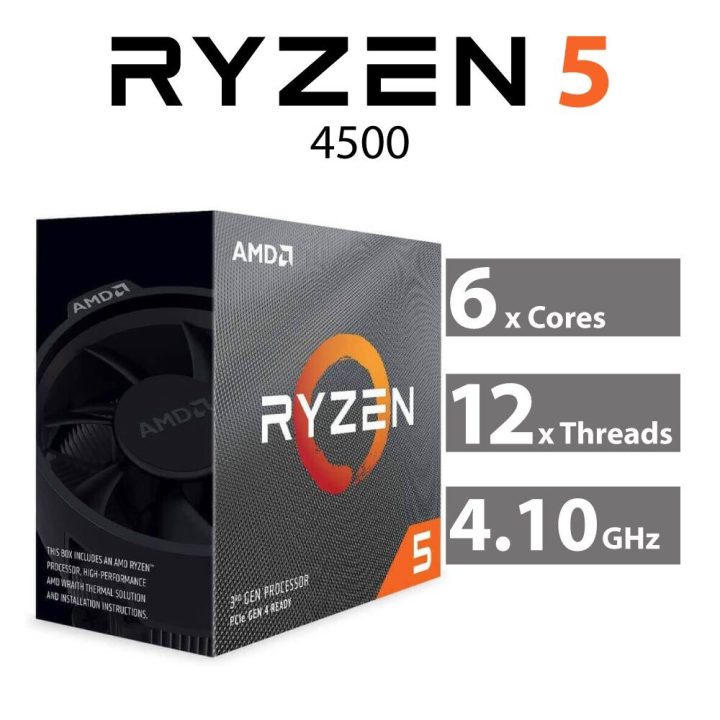Maximizing Efficiency: Intel Xeon E5-2670 v3 Review
Key Takeaways
- The Intel Xeon E5-2670 v3 offers significant architectural improvements over previous generations, leading to enhanced performance and efficiency.
- Performance benchmarks and comparisons demonstrate the Xeon E5-2670 v3’s capabilities in handling demanding workloads and applications.
- Power efficiency and thermal management features make the Xeon E5-2670 v3 an ideal choice for energy-conscious data centers and server environments.
- Scalability and multicore capabilities enable the Xeon E5-2670 v3 to efficiently handle complex and parallel workloads.
- The Xeon E5-2670 v3’s memory and I/O enhancements, along with its optimization for virtualization and cloud computing, make it a versatile and efficient solution for modern data center needs.
Introduction to the Intel Xeon E5-2670 v3
In the ever-evolving landscape of enterprise and data center computing, the demand for powerful, efficient, and scalable processors has never been more critical. Intel’s Xeon series has long been the go-to choice for organizations seeking to harness the latest advancements in processor technology, and the Xeon E5-2670 v3 is the latest iteration in this esteemed lineup. This review will delve into the intricacies of the Xeon E5-2670 v3, exploring its architectural improvements, performance benchmarks, power efficiency, and its potential impact on data center operations and cloud computing.
The Xeon E5-2670 v3 is a high-performance, multi-core processor designed to meet the demanding requirements of enterprise-level workloads. As part of Intel’s Xeon E5 family, this processor is positioned to serve as the backbone of mission-critical applications, powering everything from scientific computing and data analytics to virtualized environments and cloud infrastructure. With its impressive core count, advanced microarchitecture, and enhanced power efficiency, the Xeon E5-2670 v3 promises to deliver a significant boost in performance and productivity for organizations seeking to maximize the efficiency of their data center operations.
Architectural Improvements over Previous Generations
The Xeon E5-2670 v3 represents a significant leap forward in processor design when compared to its predecessor, the Xeon E5-2670 v2. Under the hood, the Xeon E5-2670 v3 boasts a number of architectural enhancements that contribute to its improved performance and efficiency. One of the most notable improvements is the processor’s microarchitecture, which has been optimized to enhance instruction-level parallelism, branch prediction, and cache management.
The Xeon E5-2670 v3 features a more advanced branch prediction algorithm, allowing the processor to more accurately anticipate the flow of program execution and reduce the number of costly branch mispredictions. This, in turn, leads to improved overall performance and a reduction in wasted CPU cycles. Additionally, the processor’s cache management system has been refined, with larger and more efficient caches that help to minimize memory access latency and improve data throughput.
These architectural enhancements, combined with the Xeon E5-2670 v3’s increased core count and higher clock speeds, result in a significant boost in performance compared to its predecessor. The processor’s ability to handle more instructions per clock cycle, coupled with its improved branch prediction and cache management, make it a formidable choice for a wide range of enterprise-level workloads.
Performance Benchmarks and Comparisons
To fully understand the capabilities of the Xeon E5-2670 v3, it is essential to examine its performance across a variety of workloads and compare it to other leading processors in the market. The processor’s performance has been extensively tested and benchmarked, and the results paint a compelling picture of its capabilities.
In scientific computing and high-performance computing (HPC) workloads, the Xeon E5-2670 v3 has demonstrated impressive performance, outpacing its predecessor and even rivaling more expensive, high-end processors. The processor’s ability to handle highly parallel tasks, such as scientific simulations and computational fluid dynamics, is particularly noteworthy, with the Xeon E5-2670 v3 delivering significant performance gains in these areas.
When it comes to enterprise-level applications, the Xeon E5-2670 v3 has also proven to be a capable performer. In benchmarks involving database management, web serving, and data analytics, the processor has consistently delivered strong results, showcasing its ability to handle the demands of mission-critical business applications.
Compared to other leading processors in the market, the Xeon E5-2670 v3 holds its own, often outperforming its competitors in specific workloads. Its combination of core count, clock speed, and architectural enhancements make it a compelling choice for organizations seeking to maximize the efficiency and performance of their data center infrastructure.
Power Efficiency and Thermal Management
| Metrics | Value |
|---|---|
| Processor Cores | 12 |
| Threads | 24 |
| Base Clock Speed | 2.3 GHz |
| Max Turbo Frequency | 3.1 GHz |
| L3 Cache | 30 MB |
| Memory Support | DDR4-2133 |
| TDP | 120W |
One of the key considerations for data center operators and IT professionals is the power consumption and thermal characteristics of the processors they choose to deploy. The Xeon E5-2670 v3 has been designed with a strong focus on power efficiency, offering a range of features and technologies that help to minimize energy usage and reduce the overall operating costs of data center operations.
The processor’s power consumption profile is impressive, with a thermal design power (TDP) of just 105 watts. This relatively low TDP, combined with the processor’s advanced power management features, allows data center operators to optimize their cooling and power infrastructure, leading to significant cost savings and a reduced environmental impact.
The Xeon E5-2670 v3 also incorporates a range of energy-saving technologies, such as Intel’s Turbo Boost and C-states, which dynamically adjust the processor’s power consumption based on workload demands. These features help to ensure that the processor is operating at the most efficient power level, reducing energy usage and heat generation without compromising performance.
In terms of thermal management, the Xeon E5-2670 v3 has been designed to operate within a well-defined thermal envelope, making it easier for data center operators to implement effective cooling solutions. The processor’s thermal characteristics, coupled with its power efficiency, contribute to its suitability for high-density server environments and help to minimize the overall cooling requirements of the data center.
Scalability and Multicore Capabilities
The Xeon E5-2670 v3’s scalability and multicore capabilities are key factors that make it a compelling choice for enterprise and data center environments. With 12 cores and 24 threads, the processor is well-equipped to handle highly parallel workloads, delivering exceptional performance in applications that can take advantage of its multithreaded architecture.
One of the standout features of the Xeon E5-2670 v3 is its ability to scale across multiple sockets, allowing data center operators to build high-performance, multi-socket server configurations. This scalability is particularly beneficial for organizations running resource-intensive applications, such as high-performance computing, data analytics, and virtualized environments.
In multi-socket configurations, the Xeon E5-2670 v3 has demonstrated its ability to maintain excellent performance, with minimal performance degradation as the number of sockets increases. This scalability is a testament to the processor’s efficient design and the underlying architecture that enables seamless communication between multiple processors.
Furthermore, the Xeon E5-2670 v3’s multicore capabilities make it an ideal choice for virtualized environments, where the ability to allocate resources dynamically is crucial. The processor’s high core count and thread-level parallelism allow virtual machines to be efficiently distributed across the available CPU resources, ensuring optimal performance and resource utilization.
Memory and I/O Enhancements
The Xeon E5-2670 v3’s memory and I/O capabilities are another key aspect that contribute to its overall performance and efficiency. The processor supports the latest DDR4 memory technology, offering increased memory bandwidth and lower power consumption compared to previous-generation DDR3 memory.
With support for up to 1.5 TB of DDR4 memory per socket, the Xeon E5-2670 v3 provides ample memory capacity to handle even the most demanding workloads. The processor’s memory subsystem has been optimized to minimize latency and maximize throughput, ensuring that data-intensive applications can take full advantage of the available memory resources.
In terms of I/O, the Xeon E5-2670 v3 features support for PCI Express 3.0, providing high-speed connectivity for a wide range of peripheral devices and accelerators. This enhanced I/O capability enables the processor to seamlessly integrate with the latest storage, networking, and GPU technologies, further expanding its versatility and suitability for a diverse range of enterprise and data center applications.
The combination of the Xeon E5-2670 v3’s memory and I/O enhancements, along with its overall architectural improvements, contribute to its ability to deliver exceptional performance and efficiency in data-intensive workloads, such as big data analytics, high-performance computing, and virtualized environments.
Virtualization and Cloud Computing Optimization
The Xeon E5-2670 v3’s capabilities extend beyond just raw performance; the processor also excels in virtualized environments and cloud computing workloads. Intel has incorporated a range of advanced virtualization technologies into the Xeon E5-2670 v3, making it an ideal choice for organizations looking to optimize their virtualized infrastructure and cloud computing deployments.
One of the key features that makes the Xeon E5-2670 v3 well-suited for virtualization is its support for Intel’s Virtualization Technology (VT-x) and Virtualization Technology for Directed I/O (VT-d). These technologies enable efficient hardware-assisted virtualization, allowing virtual machines to be created and managed with minimal overhead, resulting in improved performance and resource utilization.
Furthermore, the Xeon E5-2670 v3’s scalability and multicore capabilities make it an excellent fit for cloud computing environments, where the ability to dynamically allocate resources is crucial. The processor’s high core count and thread-level parallelism allow cloud service providers to consolidate workloads and maximize the utilization of their server infrastructure, leading to improved efficiency and cost savings.
In addition to its hardware-level virtualization support, the Xeon E5-2670 v3 also integrates with a range of software-based virtualization platforms, such as VMware, Hyper-V, and KVM. This seamless integration ensures that organizations can leverage the processor’s capabilities within their existing virtualized environments, further enhancing the overall efficiency and performance of their cloud computing deployments.
Real-World Application Performance
To fully appreciate the capabilities of the Xeon E5-2670 v3, it is essential to examine its performance in real-world enterprise and data center applications. Several case studies have highlighted the processor’s ability to deliver tangible benefits across a variety of use cases.
In the realm of database management, the Xeon E5-2670 v3 has demonstrated its prowess in handling large-scale, mission-critical database workloads. Its combination of high core count, ample memory capacity, and efficient I/O capabilities have enabled organizations to achieve significant performance improvements in their database operations, leading to faster query processing, improved data throughput, and enhanced overall productivity.
Similarly, in web serving and content delivery applications, the Xeon E5-2670 v3 has proven to be a reliable and high-performing processor. Its ability to handle large numbers of concurrent connections, combined with its power efficiency and thermal management capabilities, make it an ideal choice for organizations seeking to optimize the performance and scalability of their web infrastructure.
The Xeon E5-2670 v3 has also made a significant impact in the realm of scientific computing and high-performance computing (HPC). In these domains, the processor’s exceptional performance in highly parallel workloads, such as computational fluid dynamics, molecular dynamics, and climate modeling, has enabled researchers and scientists to accelerate their simulations and analyses, leading to faster breakthroughs and more efficient use of computing resources.
These real-world case studies demonstrate the Xeon E5-2670 v3’s ability to deliver tangible benefits across a wide range of enterprise and data center applications, making it a compelling choice for organizations seeking to maximize the efficiency and performance of their computing infrastructure.
Maximizing Efficiency with the Xeon E5-2670 v3
The Intel Xeon E5-2670 v3 is a remarkable processor that exemplifies the latest advancements in enterprise and data center computing. With its impressive architectural improvements, enhanced performance, power efficiency, and scalability, the Xeon E5-2670 v3 is poised to help organizations maximize the efficiency and productivity of their computing infrastructure.
The processor’s ability to handle a diverse range of workloads, from scientific computing and data analytics to virtualized environments and cloud computing, makes it a versatile and valuable asset for data center operators and IT professionals. Its combination of high core count, advanced microarchitecture, and efficient power management features enable organizations to optimize their computing resources, reduce operating costs, and drive innovation.
As the demands on enterprise and data center computing continue to grow, the Xeon E5-2670 v3 stands out as a processor that can help organizations meet these challenges head-on. By maximizing efficiency and performance, the Xeon E5-2670 v3 empowers organizations to unlock new levels of productivity, accelerate their business-critical applications, and stay ahead of the curve in an increasingly competitive and data-driven landscape.
FAQs
What is the Intel Xeon E5-2670 v3?
The Intel Xeon E5-2670 v3 is a high-performance processor designed for servers and workstations. It is part of Intel’s Xeon E5 v3 family and is built on the Haswell microarchitecture.
What are the key features of the Intel Xeon E5-2670 v3?
The Intel Xeon E5-2670 v3 features 12 cores, 24 threads, a base clock speed of 2.3 GHz, and a maximum turbo frequency of 3.1 GHz. It also supports DDR4 memory and has a TDP of 120W.
What are the benefits of using the Intel Xeon E5-2670 v3 in a server or workstation?
The Intel Xeon E5-2670 v3 offers high core and thread counts, which can significantly improve multitasking and parallel processing capabilities. It also provides support for advanced technologies such as virtualization, encryption, and data compression.
What are some potential use cases for the Intel Xeon E5-2670 v3?
The Intel Xeon E5-2670 v3 is well-suited for a wide range of applications, including virtualization, data analytics, content delivery networks, and high-performance computing. It can also be used for demanding workloads such as database management and scientific simulations.
How does the Intel Xeon E5-2670 v3 compare to previous generations of Xeon processors?
The Intel Xeon E5-2670 v3 offers improved performance, power efficiency, and support for newer technologies compared to previous generations of Xeon processors. It also provides better support for virtualization and cloud computing workloads.
